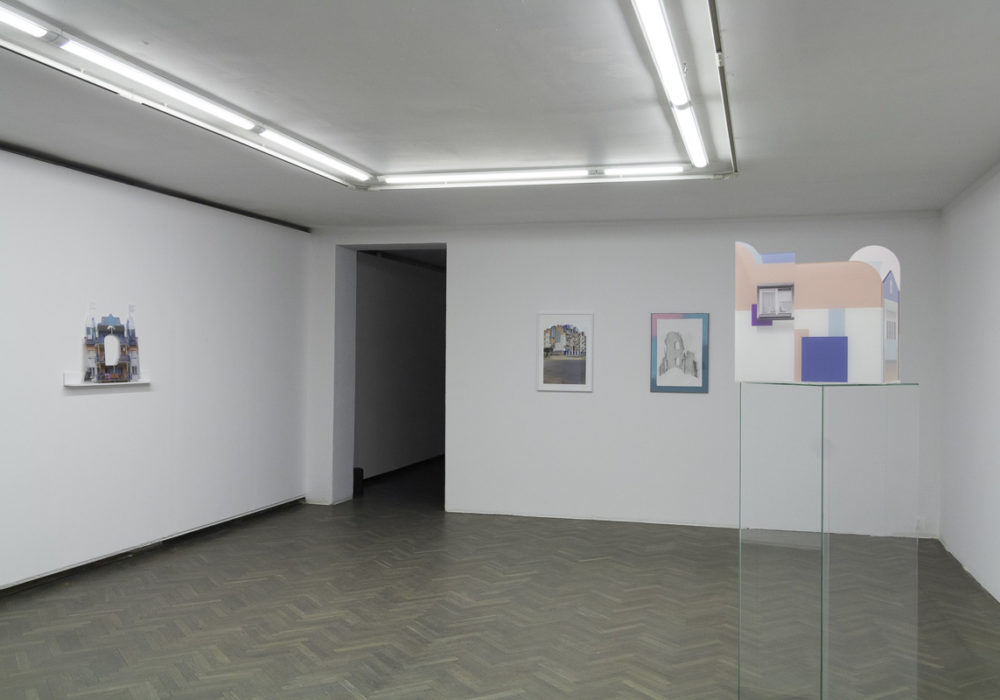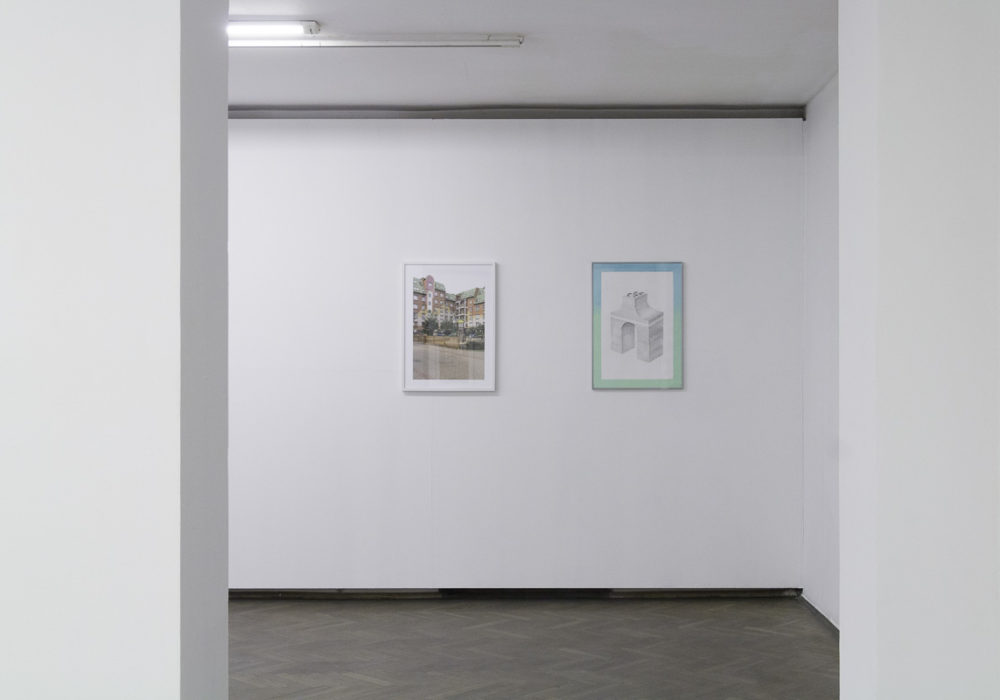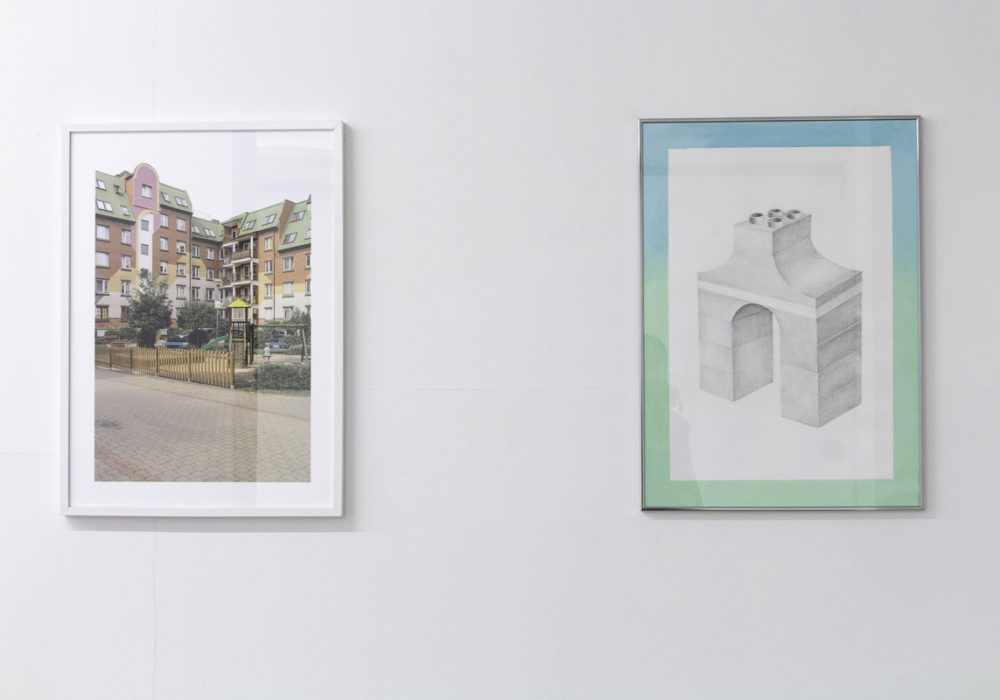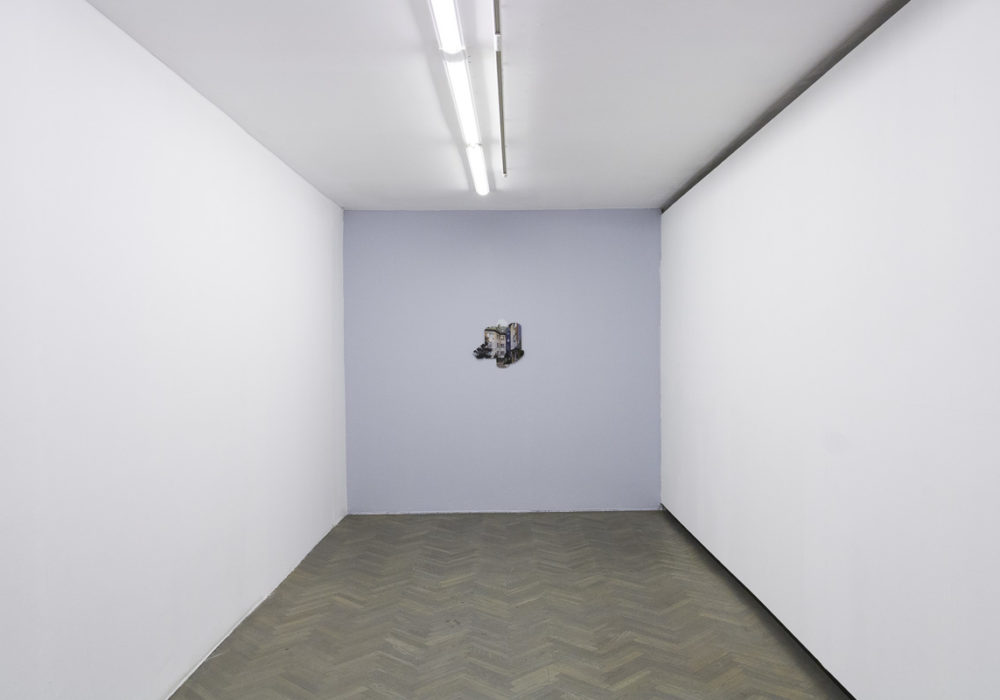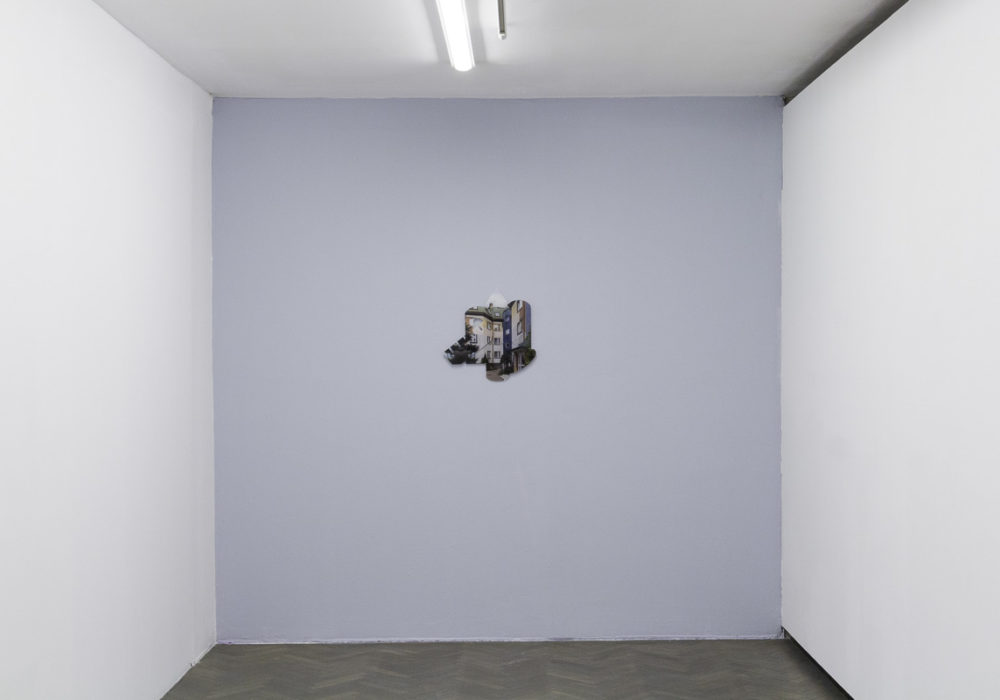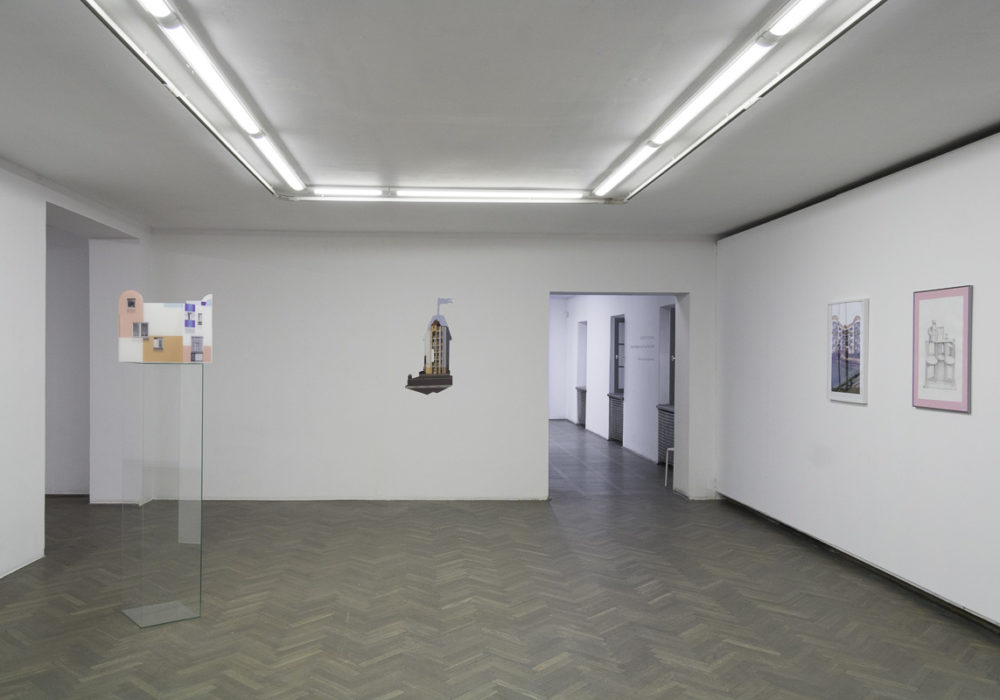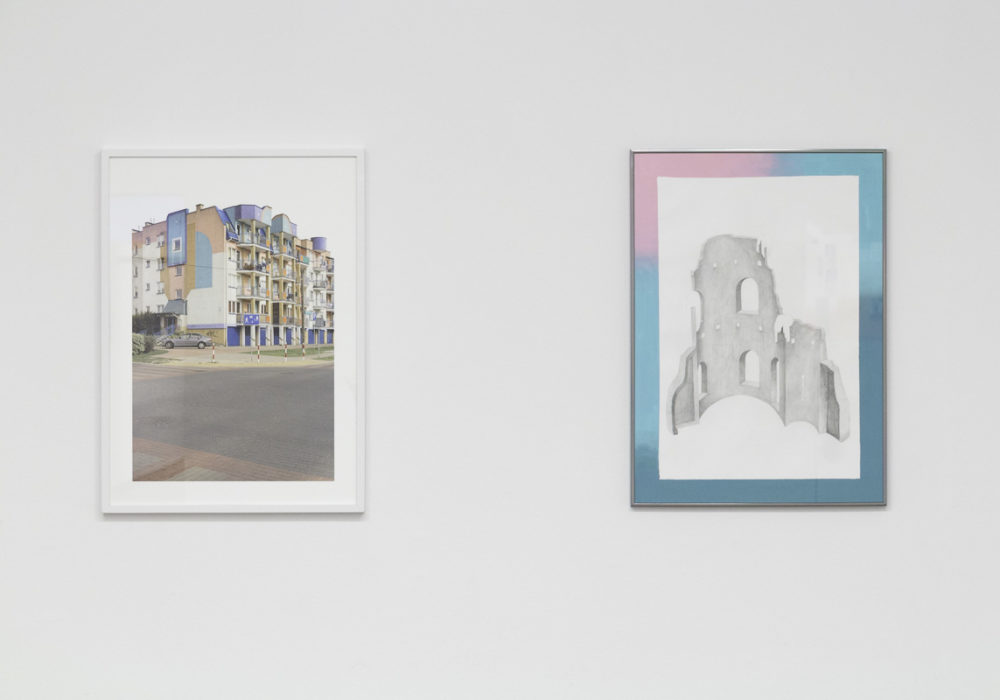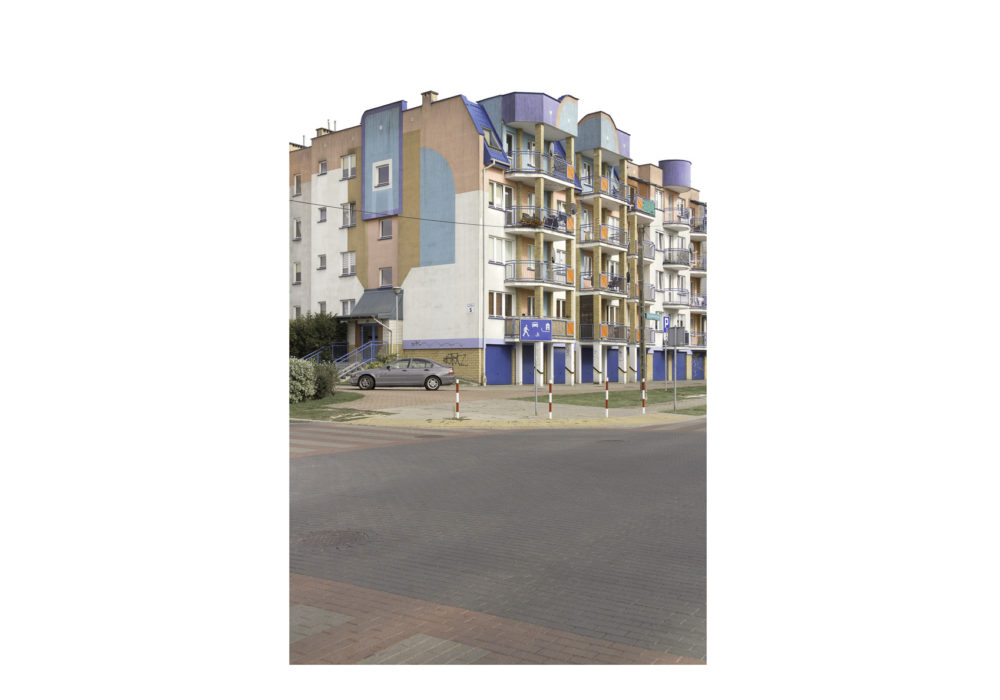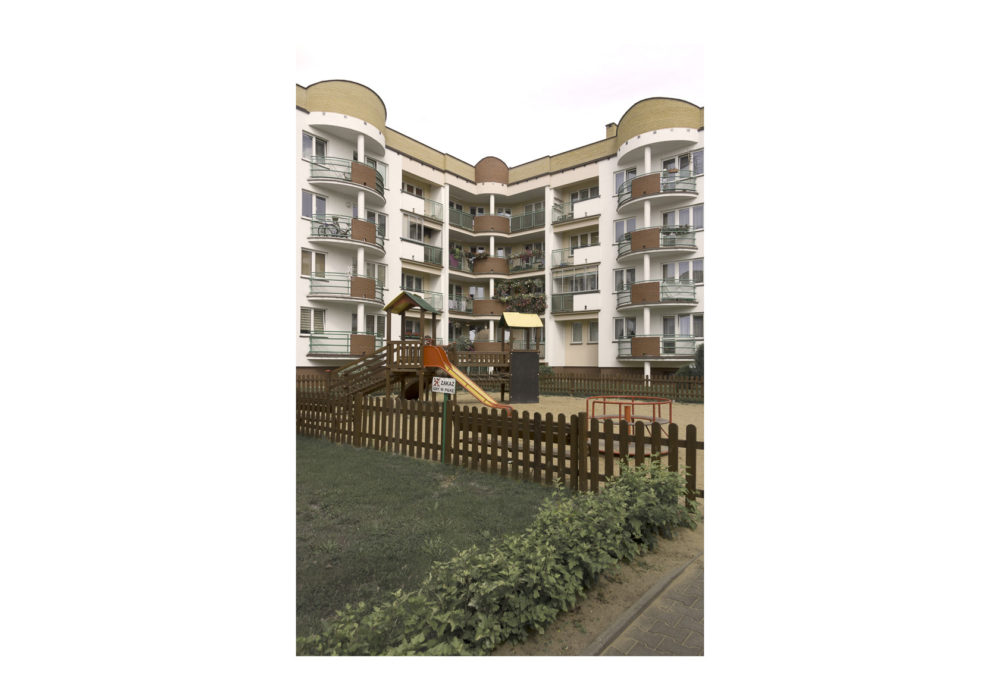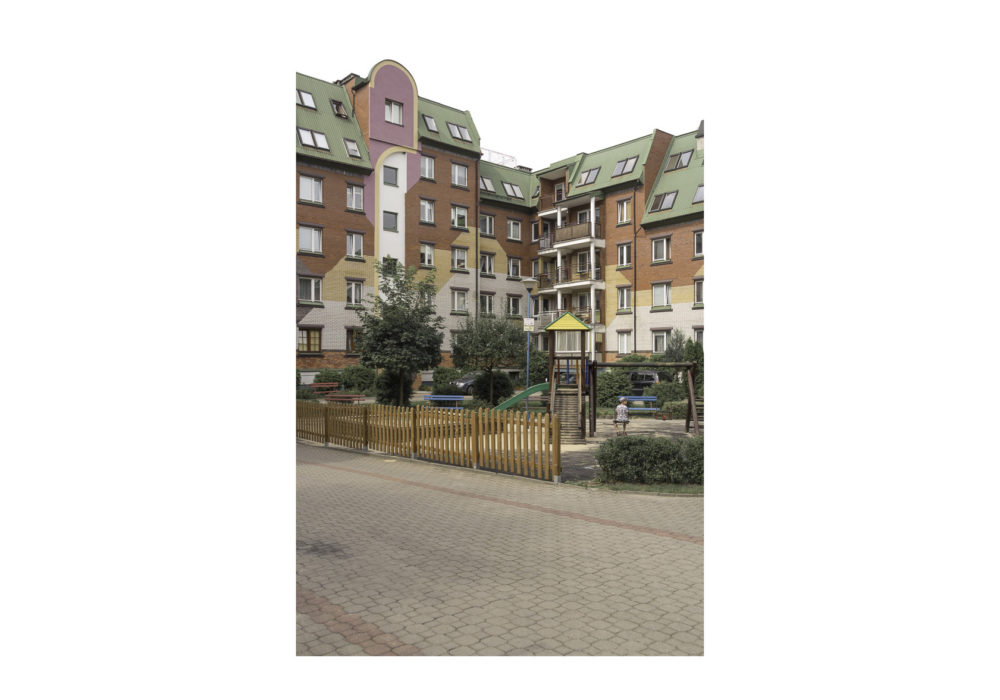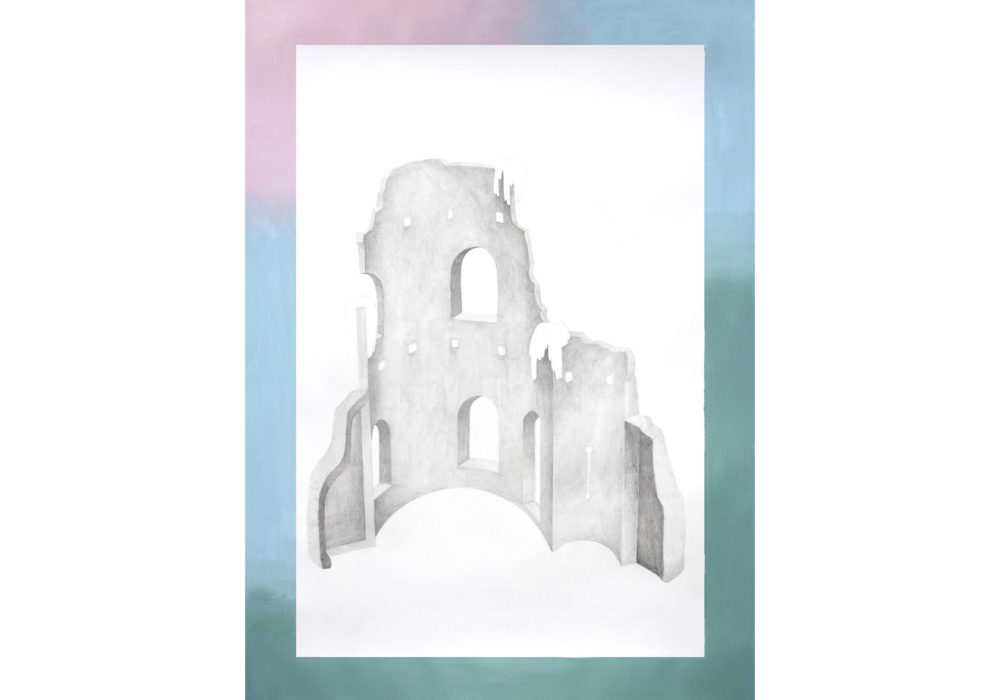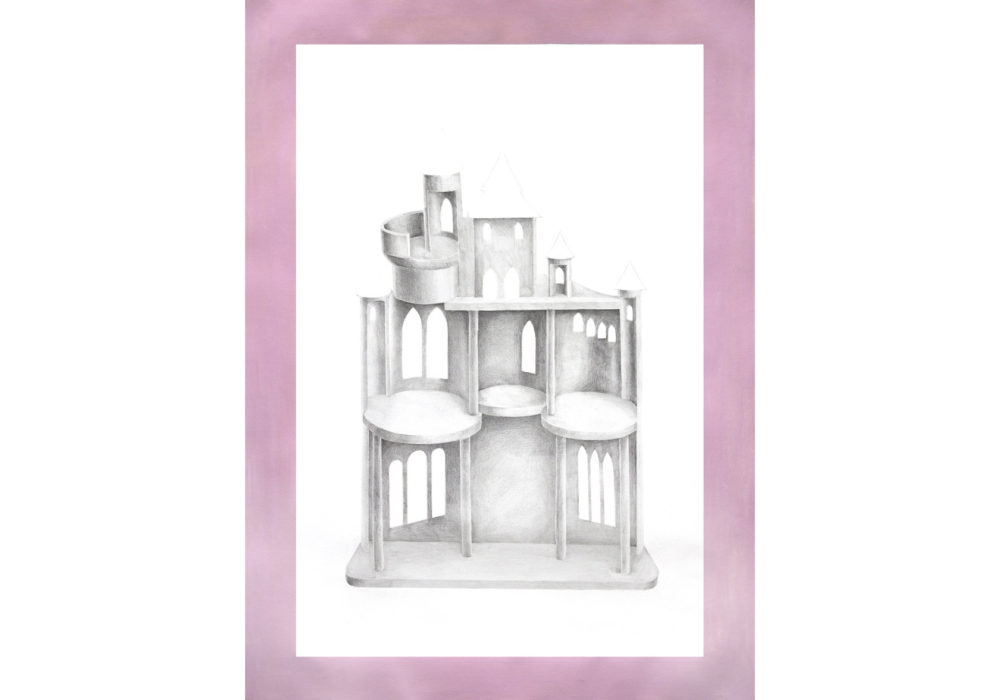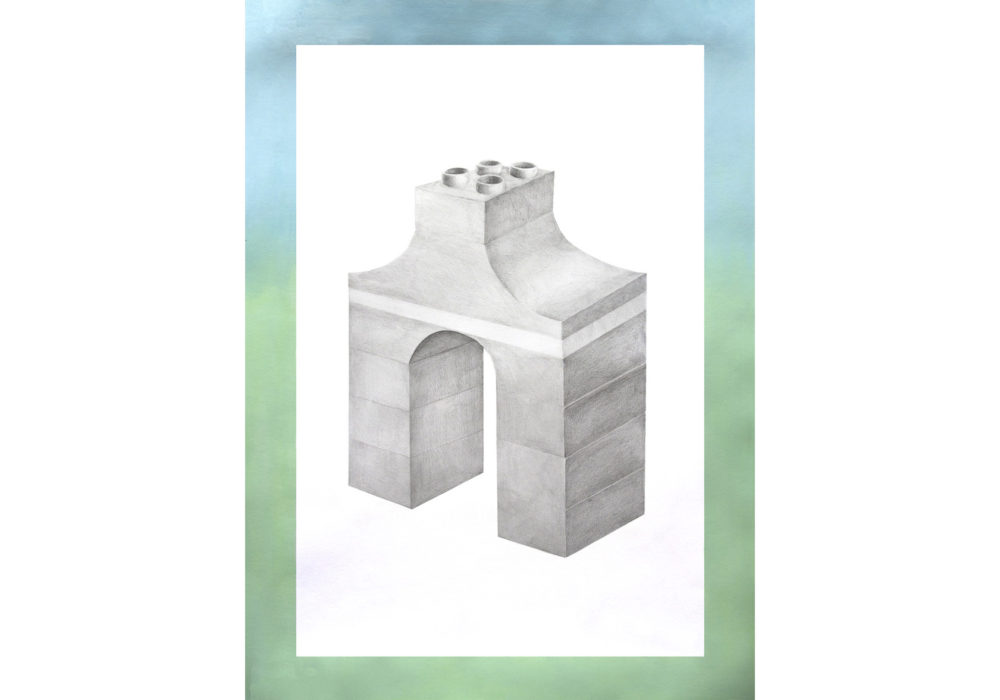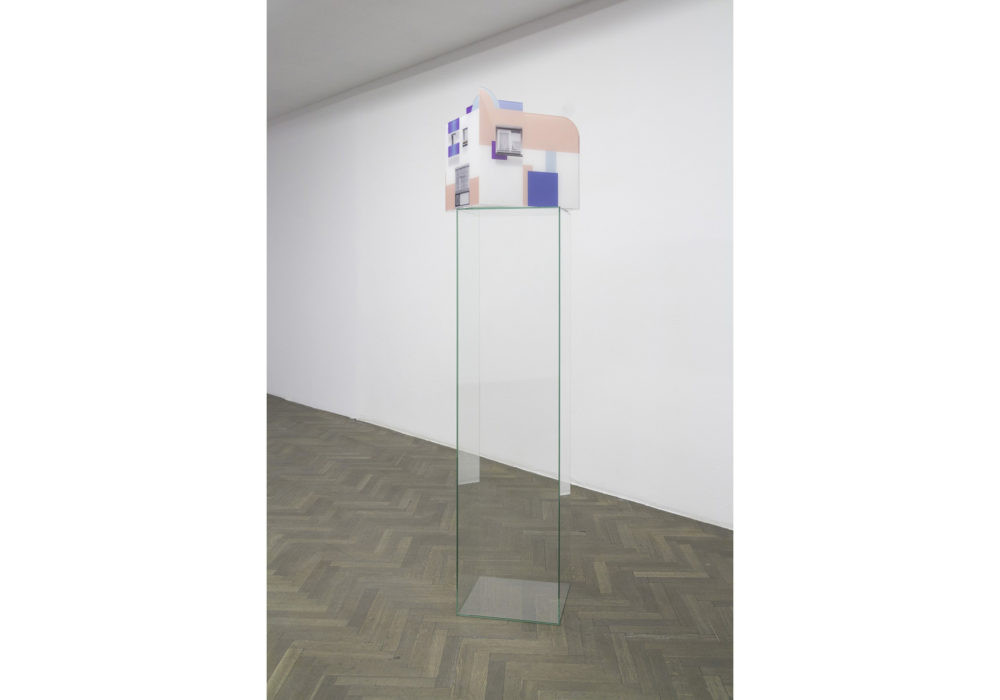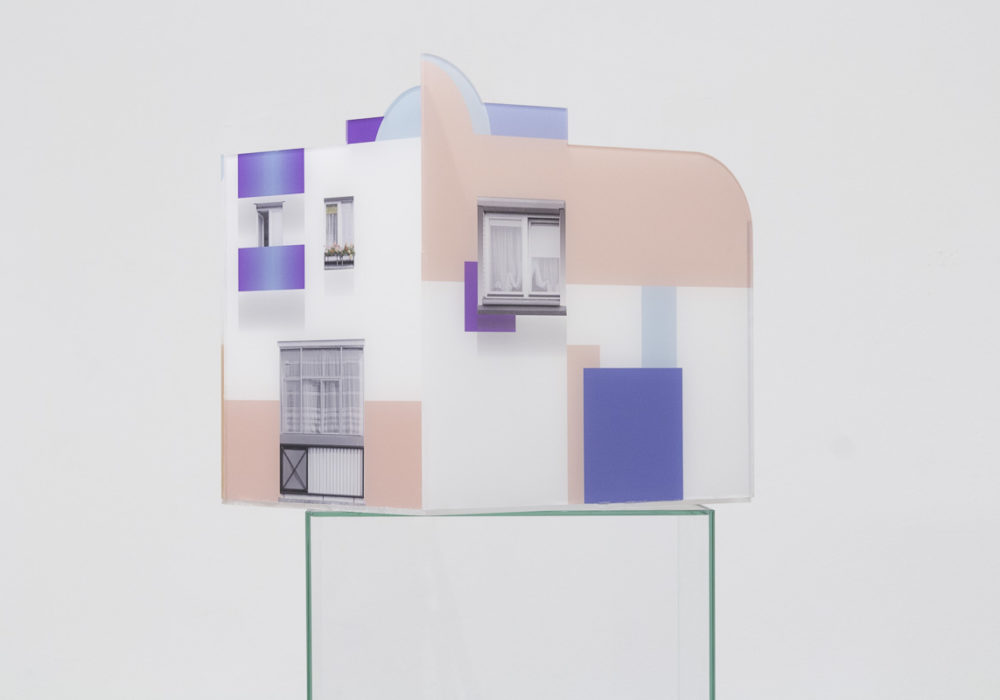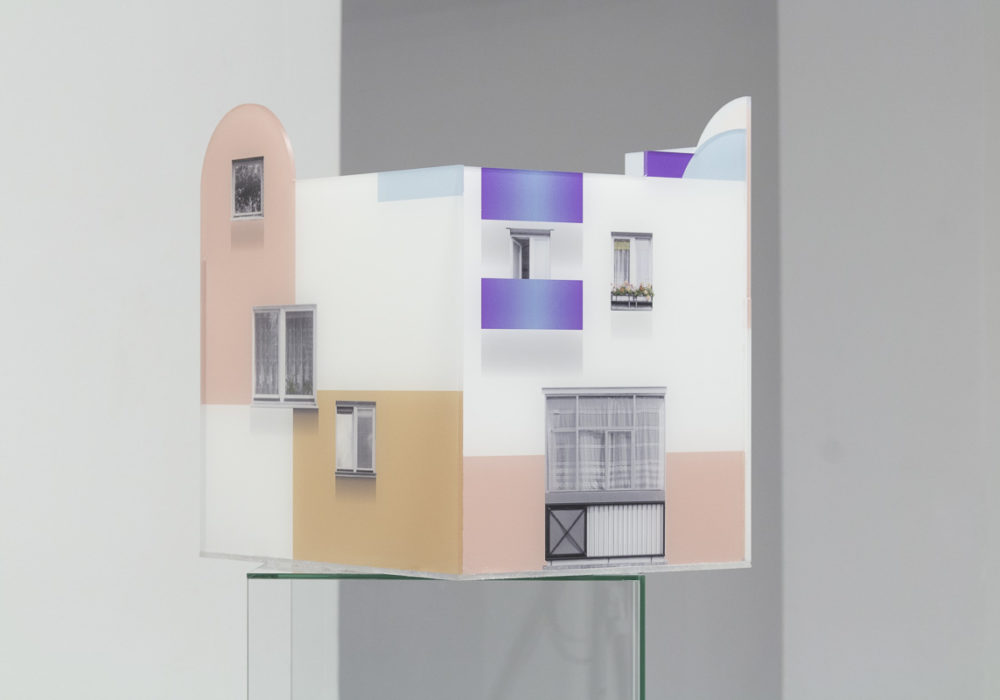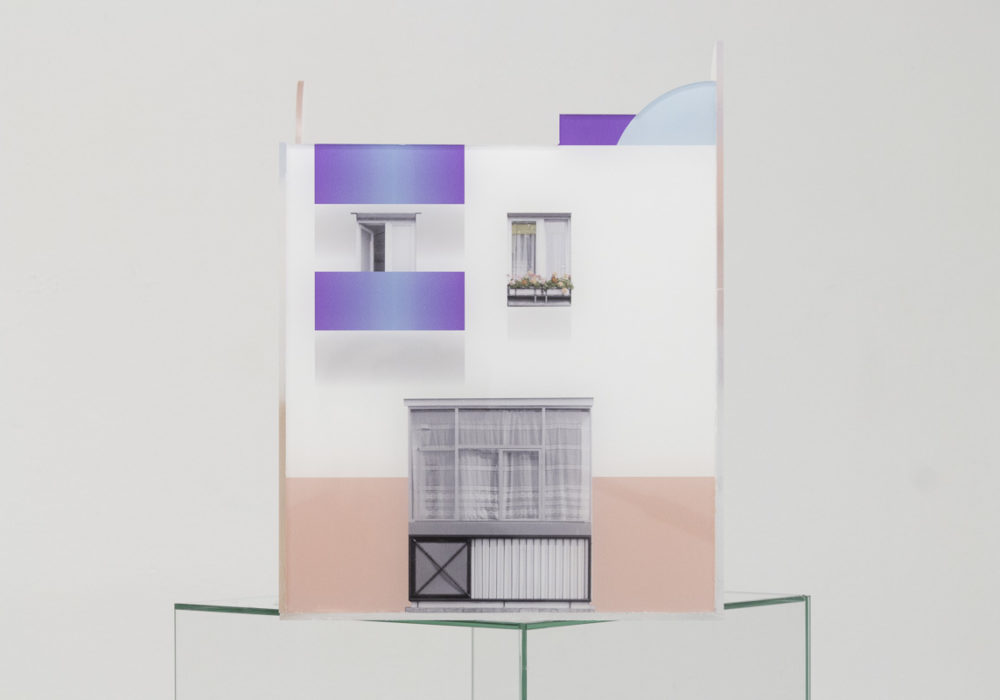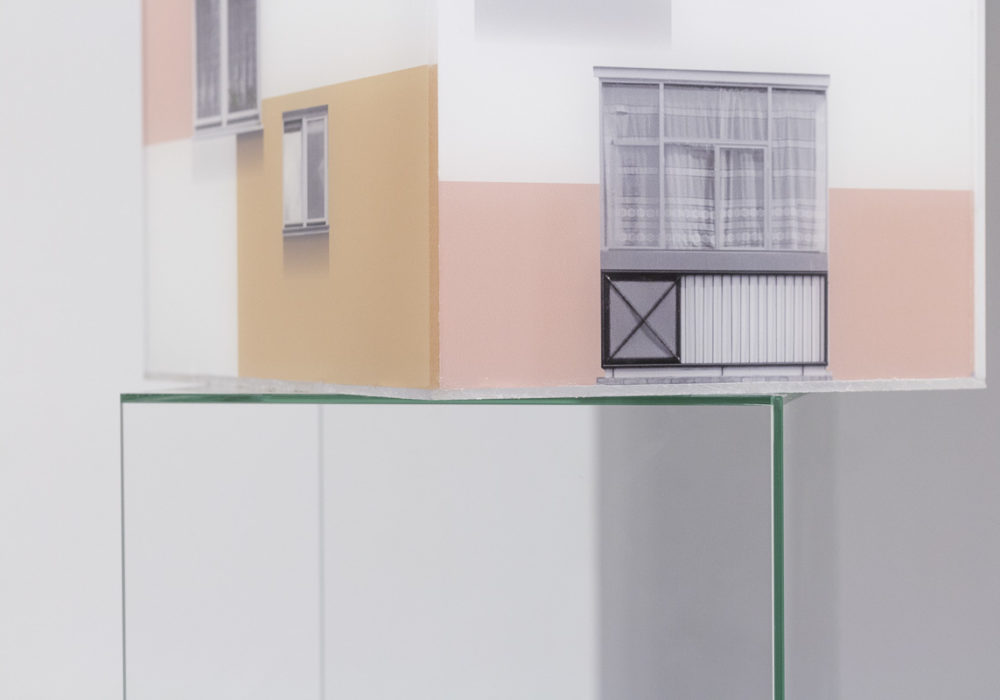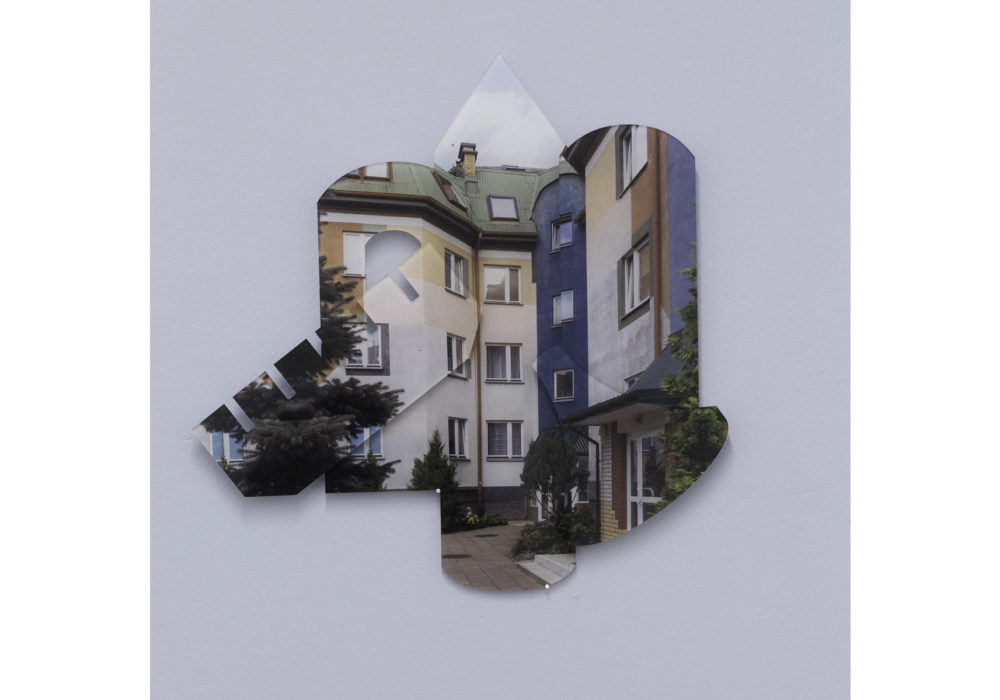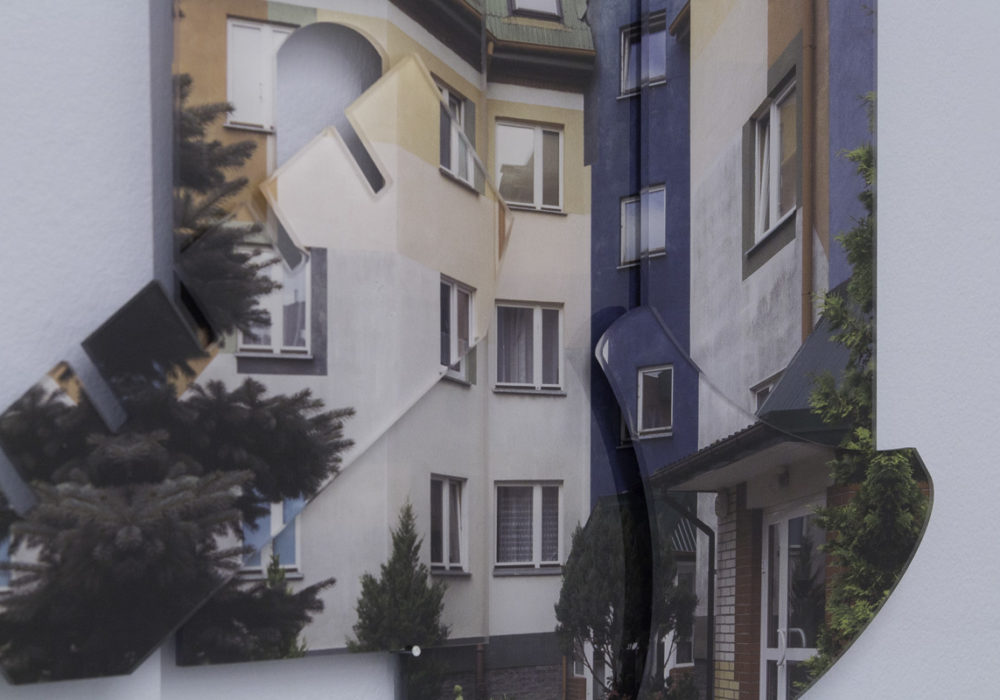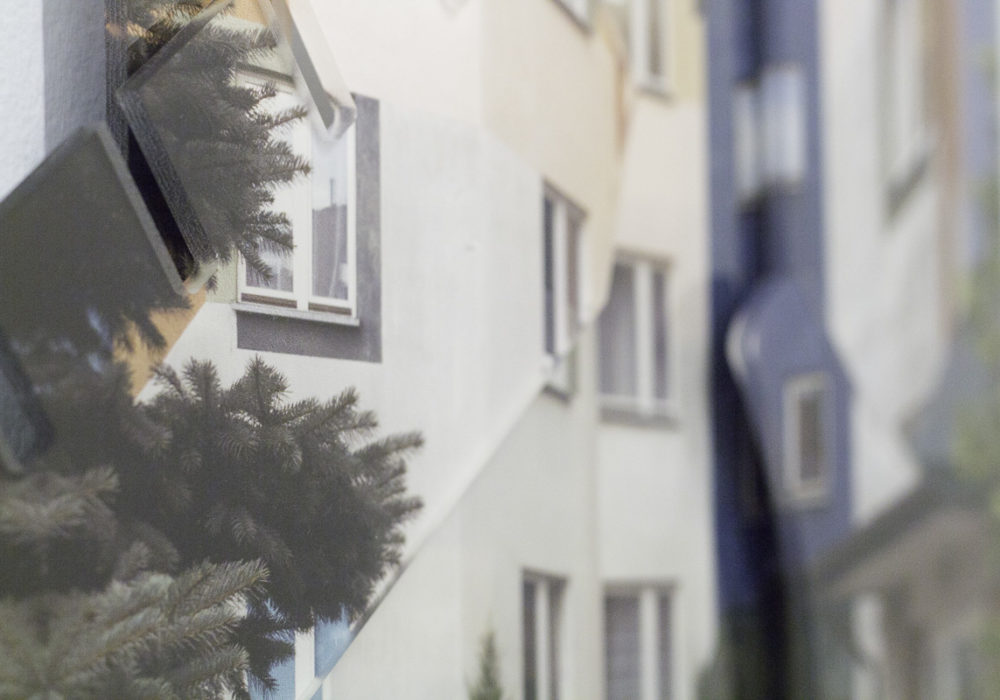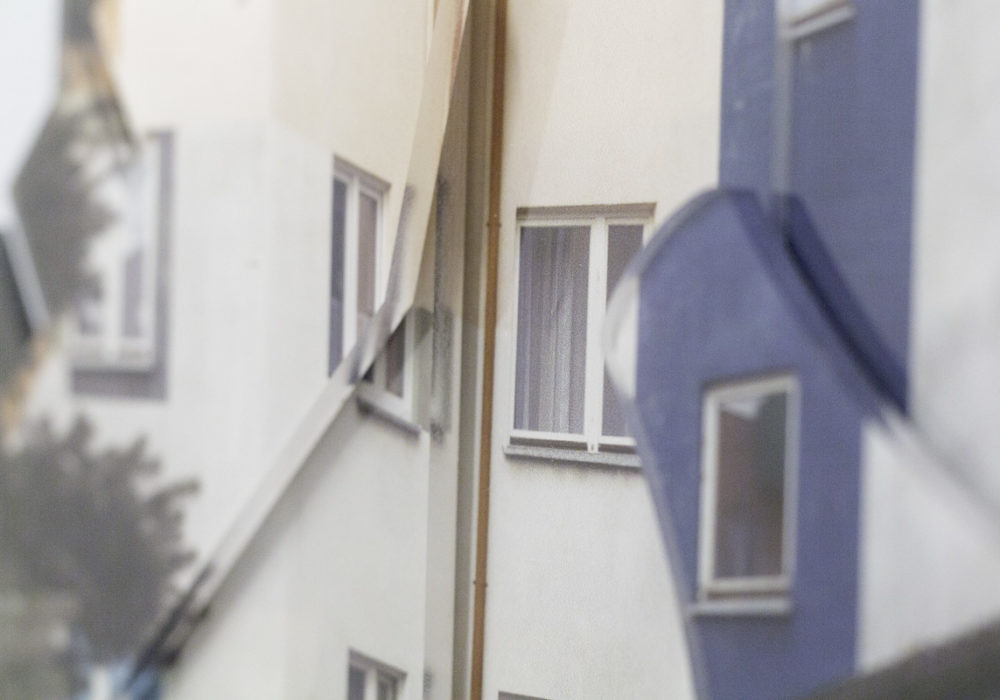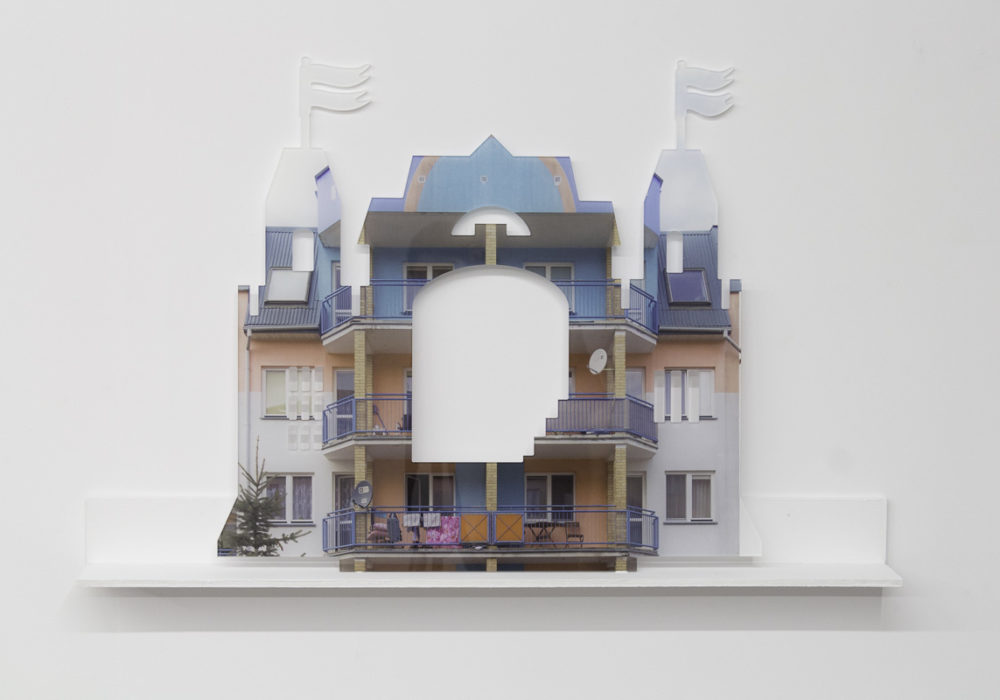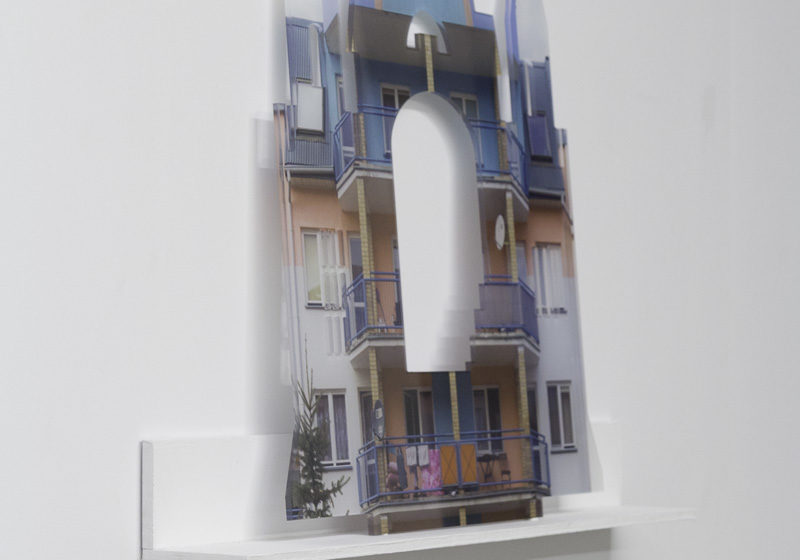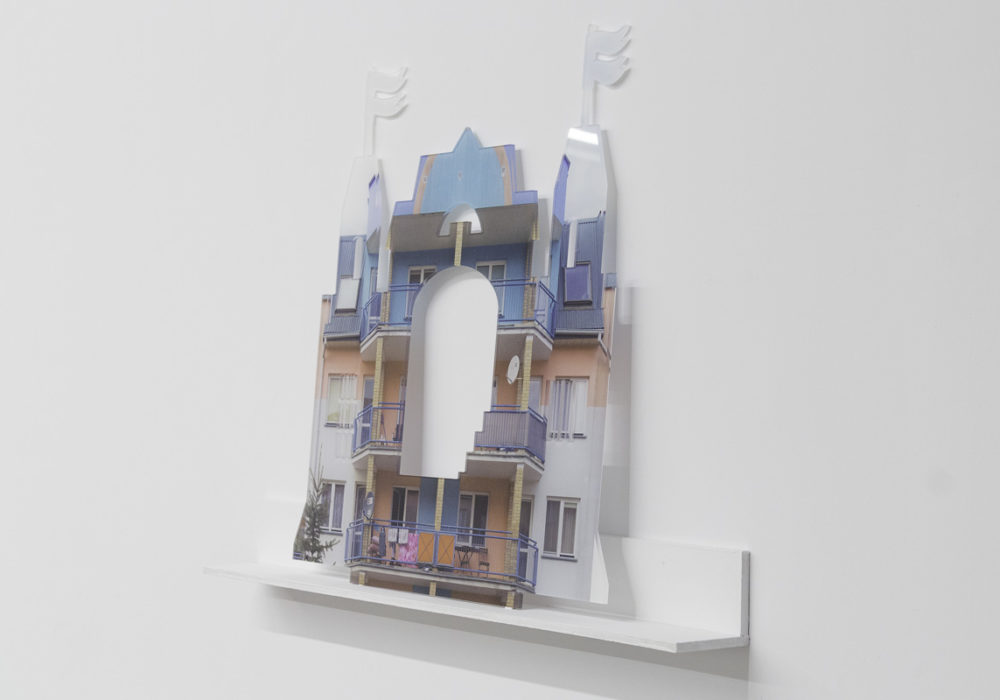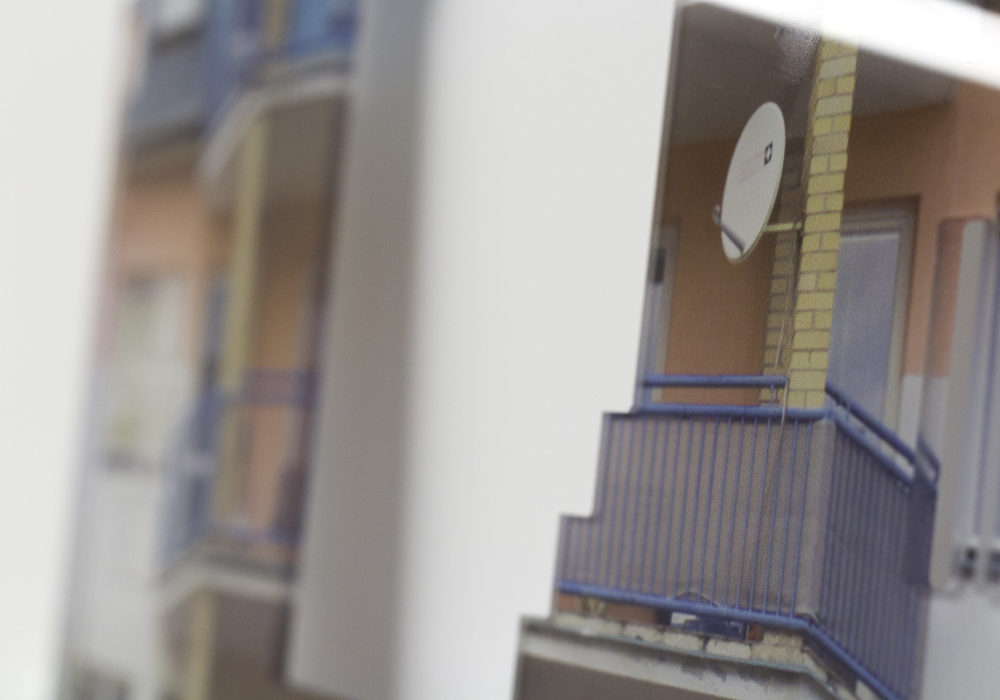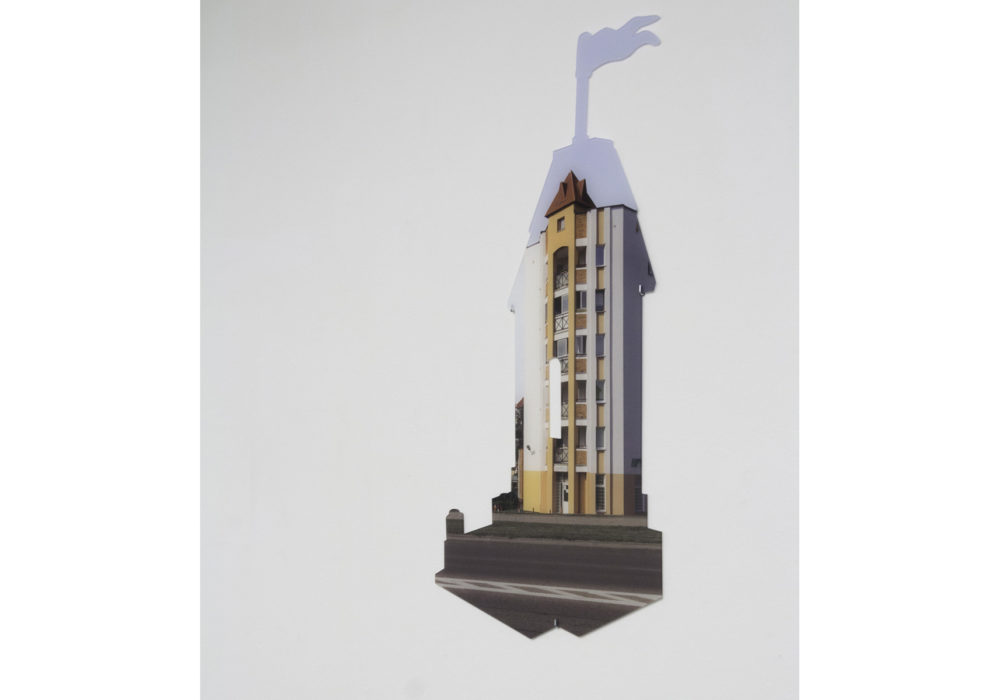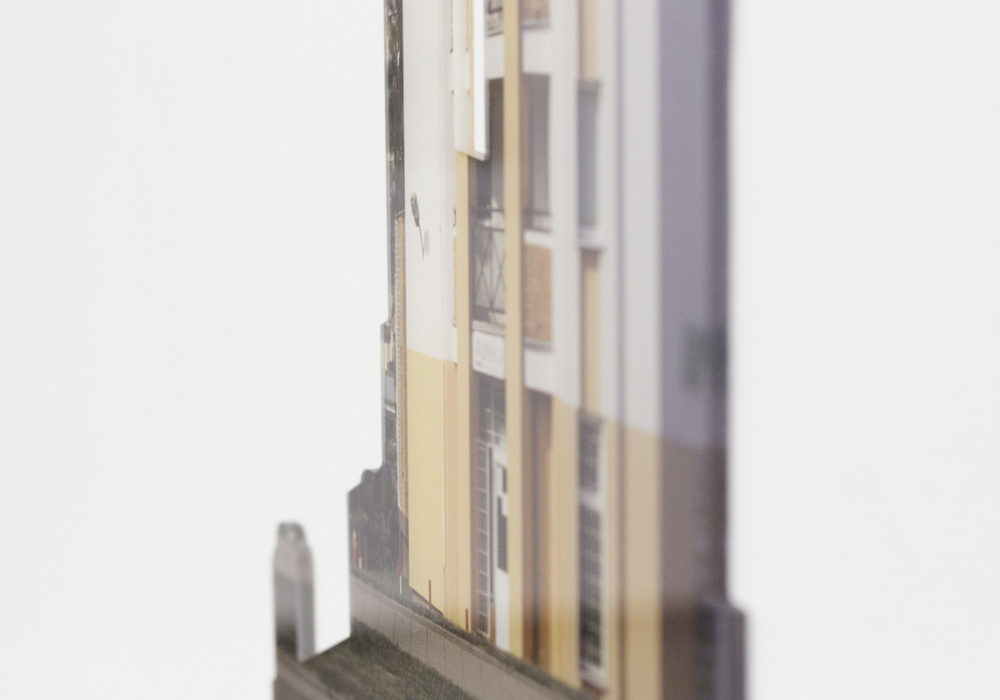The exhibition « Kontrakt rysownika / The Draughtsman’s contract» were showing some artworks introduced during a one month residency.
This residency program, based on Peter Greenaway’s movie «The Draughtsman’s contract» was inviting artists to consider, explore and work on the Branicki Palace and its garden, a baroque residence of the XVIII century, named as well, «Versailles of Poland».
The artworks of the exhibition are mixing documentary and imaginary images through photographs, drawings and objects in plexiglas.
L’exposition « Kontrakt rysownika / The Draughtsman’s contract» montrait des travaux initiés lors d’une résidence d’un mois.
La résidence, basée sur le film de Peter Greenaway, «The Draughtsman’s contract» invitaient les artistes à réfléchir, explorer et travailler sur le Palais Branicki et son jardin, une résidence baroque du XVIIIème siècle aussi appelé «Versailles de la Pologne».
Les pièces de l’exposition mélangent l’image documentaire et imaginaire à travers des photographies, dessins, et objet en plexiglas.
Since its construction at the XVII century, the Branicki Palace has contributed to the development of the city of Białystok, located to the east-end of Poland. While exploring the city, I was looking for its influences on the landscape. I discovered colorful estates mixing different styles and colors. Those postmodernist styled buildings, built after 1989, is celebrating the beginning of capitalism of the country. They are a part of popular phenomenon, more general, present on Post Soviet countries: The PASTELOZA (‘Pastelosis’), This custom consist of to paint buildings with vivid colors. Depuis sa construction au XVIIeme siècle, le Palais Branicki a participé au développement de la ville de Białystok, situé à l’extrémité est de la Pologne. En explorant la ville, j’ai cherché des traces de son influence dans le paysage. J’ai découvert des cités colorées mélangeant différents styles et couleurs. Ces bâtiments de style postmoderne, construit après 1989, célèbrent l’entrée dans le capitalisme après la chute du régime communiste. |
| What is more simple then kid’s toys ? The designers of those gendered toys are processing a simplification of forms and playing with the idea of ‘castle’, pink and willowy for girls, stable, defensive and medieval for boys. Those drawings are formal analysis of plastic castle, well-know branded toys, of which the colors are put off on the frame of the images. Quoi de plus simple formellement que des jouets pour enfants ? |
| HYBDRID This sculpture, based on a digital collage, is made with elements from the photographs of the estates in Białystok, windows, colors and forms.The whole is shaping a hybrid doll house, floating on a glass socle. Cette sculpture, basée sur un collage numérique, reprend des éléments des photographies des cités de Białystok, fenêtres, couleurs et formes, pour former une maison de poupée hybride, flottant sur son socle en verre. |
| FLYING CASTLE, CONSTRUCTION/DECONSTRUCTION and TOWER Those photographs have forms of castle toys, hybrid objects between theater scenery, open building, without inside of outside. In Construction/Deconstruction, the simple form of ‘castle’ rebuilds images like a collage in three dimensions. Ces photographies ont les formes de château-jouets, objets hybrides entre le décor de théâtre, bâtiment ouvert, sans intérieur ni extérieur. |
